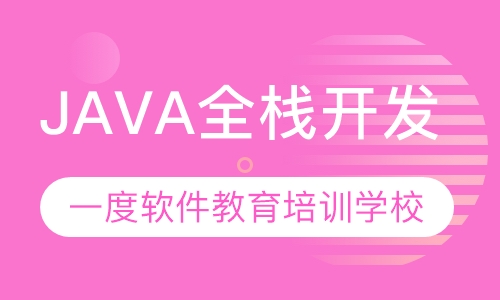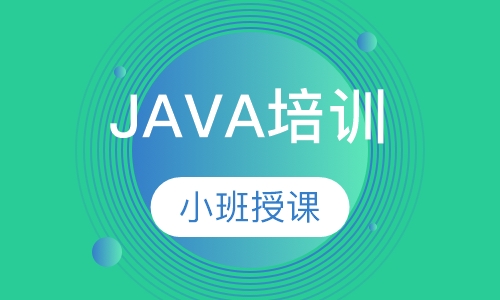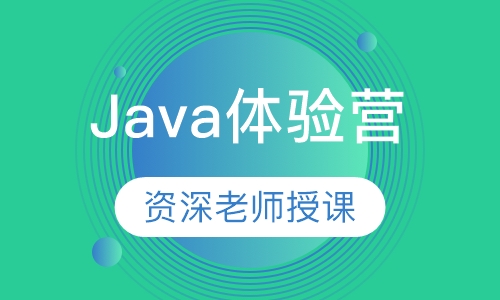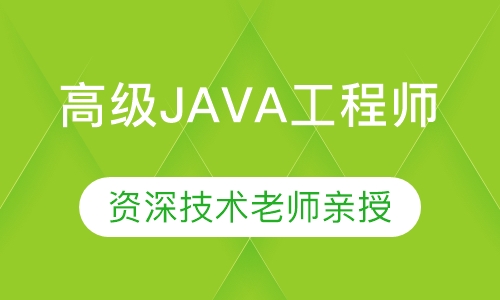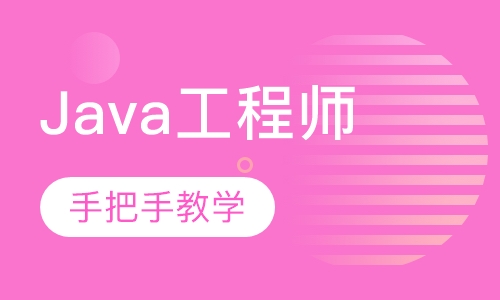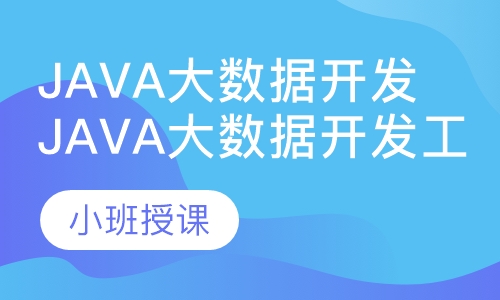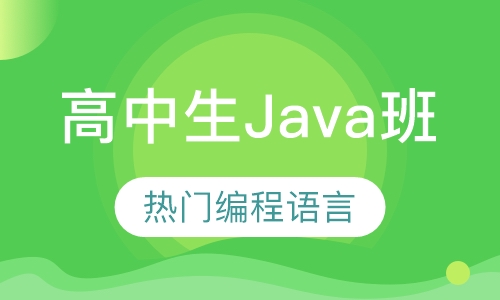Collection方法接口介绍
Collection接口有3种子类型集合:List、Set和Queue,再下面是一些抽象类,最后是具体实现类,常用的有ArrayList、linkedList、HashSet、linkedHashSet、ArrayBlockingQueue等,下面是Collection的所有方法。
这些方法即可以操作Set集合,也可以操作Queue和List集合,下面分别使用Collection集合接口的方法说明
下面是主要方法的演示:
@Test @SuppressWarnings("all") public void testCollection() { // 创建Collection接口的实现 Collection collection = new ArrayList<>(); // 添加元素 collection.add("嘻嘻"); String src = "????"; collection.add(src); System.out.println(collection); // 创建Collection的实现 Collection coll = new HashSet<>(); coll.add("?"); coll.add("?"); coll.add("?"); System.out.println(coll); // 添加一个集合数据 collection.addAll(coll); // 输出集合的长度 System.out.println(collection); // 判断是否包含 System.out.println(collection.contains("?")); // 移除元素 collection.remove("?"); // 添加对象 collection.add(new Person("张三", 23, 5000d)); // 当认为两个对象属性一致,相等时候,需重写hashCode 和 equals方法 System.out.println(collection.contains(new Person("张三", 23, 5000d))); System.out.println("-------"); collection.add(null); Collection collection1 = new ArrayList<>(); collection1.add("嘻嘻"); collection1.add("?"); // 求两个集合的交集(只保留collection1存在的元素) collection.retainAll(collection1); System.out.println(collection); // 清空元素 collection.clear(); System.out.println(collection); }java8新特性操作集合
使用lambda表达式遍历集合
java8为Collection的父接口(Iterable)提供了一个默认的Foreach方法,我们可以使用它进行集合遍历
@Test public void testForeach() { Collection collection = new ArrayList<>(); collection.add("i"); collection.add("love"); collection.add("china"); // foreach遍历 collection.forEach(e-> System.out.println(e)); // 可以使用方法引用简写 collection.forEach(System.out::println); // 或者迭代器的forEachRemaining方法 collection.iterator().forEachRemaining(System.out::println); }使用java8的predicate操作集合
@Test public void testPredicate() { Collection collection = new ArrayList<>(); // 添加0-49 for (int i = 0; i < 50; i++) { collection.add(i); } // 移除10-49的数字 collection.removeIf(e -> (e > 9 && e < 50)); System.out.println(collection);// 输出[0, 1, 2, 3, 4, 5, 6, 7, 8, 9] }基于流操作集合
java8之后引入了Stream相关流操作java集合,通过流大大简化了对集合操作
@Test
public void testIntStream() { Collection collection = new ArrayList<>(); Random random = new Random(); for (int i = 0; i < 10; i++) { collection.add(random.nextInt(100)); } System.out.println(collection); // collection存储的数值是包装类型,可以将其转换为IntStream IntStream intStream = collection.stream().mapToInt(e -> e); // intStream.forEach(System.out::println); System.out.println(collection.stream().mapToInt(e -> e).sum()); // 输出最大值 collection.stream().mapToInt(e -> e).max().ifPresent(System.out::println); // 输出最小值 collection.stream().mapToInt(e -> e).min().ifPresent(System.out::println); // 统计大于50的数 System.out.println(collection.stream().filter(e -> e > 50).count()); // 原集合每一个值加1 collection.stream().mapToInt(e-> e+1).forEach(System.out::println); // 排序 collection.stream().mapToInt(e-> e).sorted().forEach(System.out::println); // 原数值每一个元素扩大2倍 int[] ints = collection.stream().mapToInt(e -> e << 1).toArray(); // 输出原数组 System.out.println(Arrays.toString(ints)); // 将数组转流 IntStream stream = Arrays.stream(ints); // 输出流平均数 System.out.println(stream.average().getAsDouble()); }以上就是北大青鸟长沙麓谷校区java培训机构的小编针对“Java中collection常用方法详解”的内容进行的回答,希望对大家有所帮助,如有疑问,请在线咨询,有专业老师随时为你服务。

